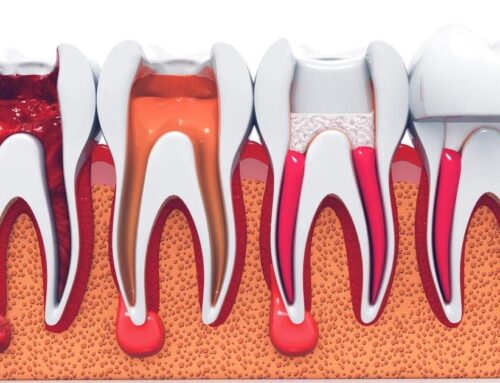Myths and facts about cosmetic orthodontics: addressing common patients’ concerns

A beautiful smile is important to many. With so many adults in our practices with misaligned teeth, shouldn’t cosmetic orthodontics become a bigger part of your treatment planning? In the past, many adults were afraid to wear orthodontic braces because they were either embarrassed to wear brackets or did not want to spend the time and money. Cosmetic orthodontics has addressed these concerns. Below you will see some common questions and fears about cosmetic orthodontics, which can help you help your patients with their concerns.
“I’m just too old for braces. Braces are for kids.”
When your patients make statements like these, they expect you to agree with them. Instead, you should take this opportunity to reassure your patients that it is never too late to have the smile they have always wanted. There is no age limit for adults with a healthy periodontal condition to undergo orthodontic treatment. Cosmetic orthodontics lets you have the perfect smile you have always wanted without putting your life on hold. These new options allow you to look great throughout treatment. FACT: One out of every five orthodontic patients is an adult.
“I’ve already had braces; won’t they just move again?”
Explaining to a patient the importance of retention after movement is key. If they understand why that fixed retainer or clear stent needs to be worn during bone fill after movement and that they need to be continually monitored at each recall appointment, they are more likely to be compliant with their retention. For many, they need to understand retention as a protection of their investment.
“Braces take too long.”
For many adults, cosmetic orthodontics can be completed in as little as six months. Depending upon the appliances used and the amount of movement required, treatment can be quite short in length. When addressed in this manner, a patient should understand that treatment may be completed by the time of the next recall visit.
“Orthodontic treatment is painful.”
There is a huge difference between discomfort and pain. All appliances take some getting used to, but it is only for a matter of months. Most of the discomfort is short-lived, lasting a few days after an adjustment appointment. Some of the discomfort has to do with the metal aspects, which may poke or pinch, but this can be reduced drastically with a quick application of wax. In general, the discomfort does not get past the point where a Tylenol does not bring relief.
“Orthodontic braces make it more difficult to keep your teeth clean. Will this cause cavities?”
Good oral hygiene will take a bit more attention than it did before appliances were in place, but is very manageable with the right tools. Waterpiks, electric toothbrushes, fluoride rinses, and threader floss can make it much easier to keep everything clean and cavity-free.
“Isn’t it expensive?”
Your patients need to understand that cosmetic orthodontics is usually the most conservative way to fix a cosmetic issue. Very often, the need for full bonding or veneers may reduce to just a few teeth or none. It may also be the only way to achieve optimal cosmetic dentistry results. The cost factor can be overcome using payment plans through your dentist or using a third-party provider such as CareCredit.
Cosmetic orthodontics conclusion
Whether you practice limited orthodontic movement in your office or not, cosmetic orthodontics should be offered as a treatment option for patients who would benefit from it. Orthodontic treatment can transform your patients’ smiles and attitudes about their dental health. You will be surprised at the positive results and referrals!




